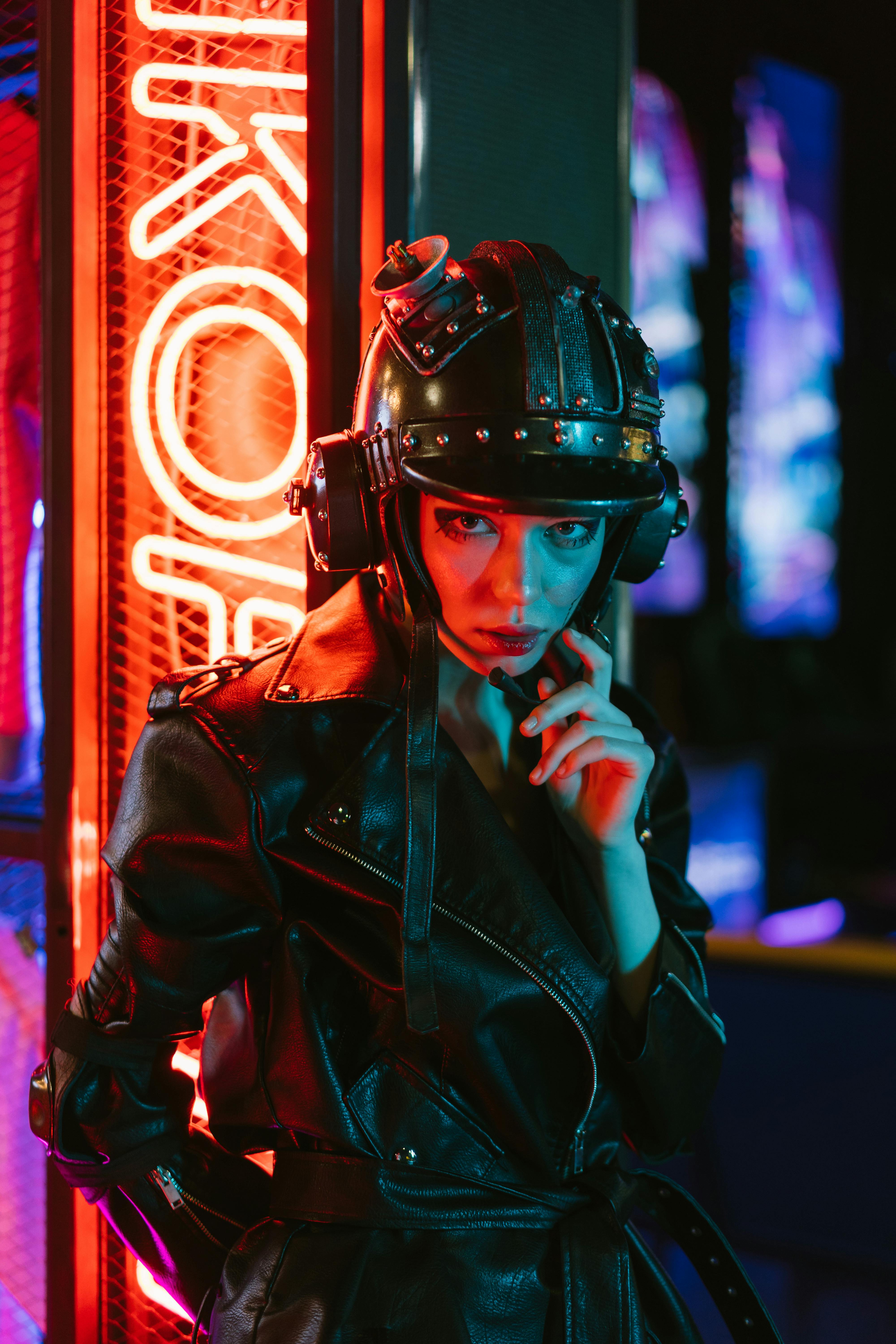Neon Nostalgia: The Retro-Futuristic Aesthetic in Modern Art
In a world increasingly dominated by sleek minimalism and digital abstraction, a vibrant counter-movement is gaining traction in the art world. Neon nostalgia, a retro-futuristic aesthetic that blends the past's optimistic visions of the future with contemporary artistic sensibilities, is captivating audiences and critics alike. This resurgence of bold colors, retro-inspired designs, and futuristic elements is reshaping visual arts, music, and fashion, offering a fresh perspective on our relationship with technology and the passage of time.

The Visual Language of Retro-Futurism
At the heart of neon nostalgia lies a distinctive visual vocabulary. Vivid, saturated colors – particularly pinks, purples, and electric blues – dominate the palette. These are often contrasted with deep blacks or metallic accents, creating a sense of depth and dimensionality. Geometric shapes, grid patterns, and glitch-like effects further contribute to the aesthetic, evoking memories of early computer graphics and science fiction imagery.
Neon Nostalgia in Contemporary Art
Contemporary artists are embracing neon nostalgia across various mediums. In the realm of digital art, creators like Beeple and Mad Dog Jones have gained international recognition for their retro-futuristic pieces, often incorporating elements of cyberpunk and vaporwave aesthetics. Their works, which frequently sell as NFTs, blend nostalgic imagery with cutting-edge technology, creating a unique commentary on our digital present.
The Influence on Music and Fashion
The neon nostalgia aesthetic has extended beyond visual arts, significantly impacting music and fashion. In the music industry, artists like The Weeknd and Dua Lipa have incorporated retro-futuristic elements into their visual branding and music videos. This aesthetic choice not only sets them apart visually but also resonates with audiences seeking a connection to a romanticized past and an optimistic future.
Cultural Commentary and Critique
While neon nostalgia may seem purely aesthetic at first glance, it often carries deeper cultural significance. Many artists use this style to critique contemporary society, particularly our relationship with technology and consumerism. By juxtaposing retro elements with futuristic themes, these works encourage viewers to reflect on the promises of the past and the realities of the present.
The Psychology of Neon Nostalgia
The appeal of neon nostalgia can be partially attributed to its psychological effects. The bright colors and familiar retro elements trigger feelings of comfort and excitement, while the futuristic aspects inspire a sense of wonder and possibility. This combination creates a powerful emotional response, allowing viewers to simultaneously experience nostalgia for a past they may not have lived through and optimism for a future that may never come to pass.
Neon Nostalgia in Advertising and Branding
Recognizing the emotional pull of this aesthetic, many brands have incorporated elements of neon nostalgia into their advertising and product design. From fashion retailers to tech companies, businesses are leveraging the appeal of retro-futurism to create memorable campaigns and products that stand out in a crowded marketplace.
The Future of Neon Nostalgia
As with any artistic movement, the question arises: how long will neon nostalgia remain relevant? While some critics argue that the aesthetic is reaching saturation point, others believe it will continue to evolve. The malleable nature of retro-futurism allows for constant reinterpretation, suggesting that neon nostalgia may have staying power beyond a mere trend.
Challenges and Criticisms
Despite its popularity, neon nostalgia is not without its critics. Some argue that the aesthetic romanticizes a past that never truly existed, potentially obscuring real historical issues. Others contend that the prevalence of this style in digital spaces may lead to a homogenization of visual culture, drowning out other important artistic voices and perspectives.
Conclusion
Neon nostalgia represents more than just a fleeting trend in the art world. It embodies a complex interplay between past and future, technology and humanity, optimism and critique. As this aesthetic continues to evolve and influence various aspects of culture, it prompts us to reconsider our relationship with time, technology, and artistic expression. Whether it endures as a long-term artistic movement or fades into obscurity, neon nostalgia has undoubtedly left an indelible mark on contemporary visual culture, challenging us to see both the past and the future through a new, neon-tinted lens.





